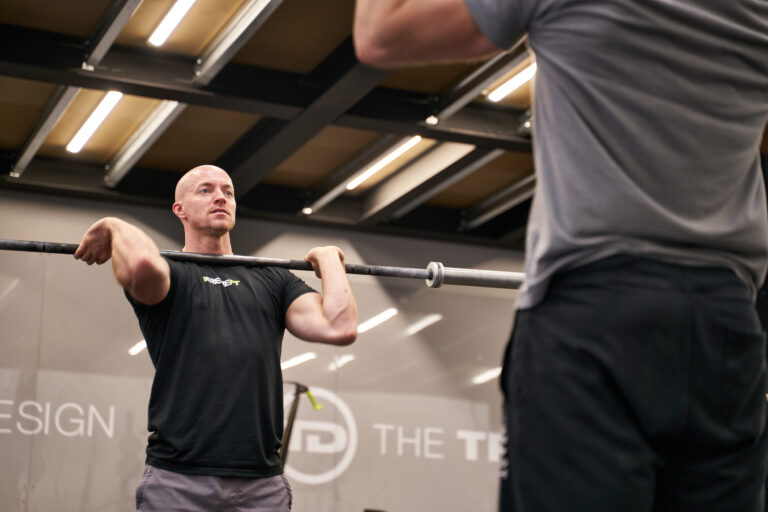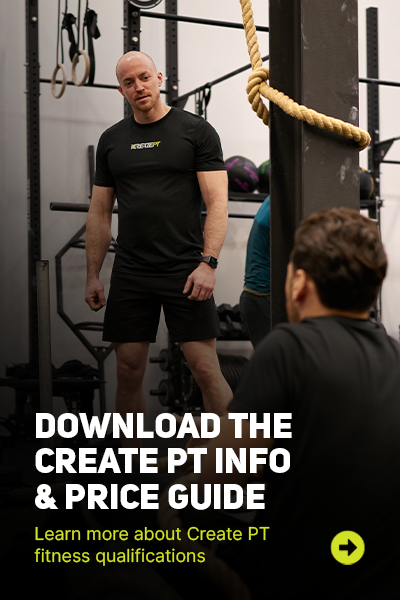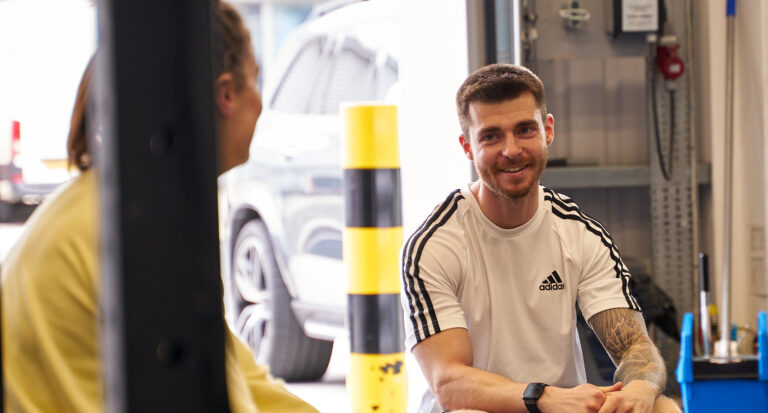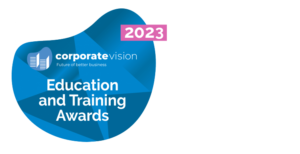Exercise programmes for different life stages
In today\’s fast-paced world, it\’s essential to prioritise health and well-being. One of the most effective ways to achieve this is through age-appropriate exercise programmes, which can be tailored to suit the specific needs and goals of each individual, regardless of their life stage. With the diverse range of fitness requirements and considerations that vary across age groups, it\’s crucial to have a solid understanding of how to develop and implement exercise routines that cater to these differences.
In this blog post, we will delve into the importance of age-specific fitness programmes and explore how to design workouts for children, adolescents, young adults, middle-aged adults, and seniors. By doing so, we aim to provide you with credible and educational insights, empowering you to make informed decisions about your own or your clients\’ exercise journeys.
Children and Adolescents: Building a Foundation for Lifelong Fitness
Establishing healthy habits early in life is crucial for long-term well-being, and age-appropriate exercise programmes play a key role in fostering a lifelong commitment to fitness. For children and adolescents, physical activity is essential for developing motor skills, improving cognitive function, and promoting overall growth. By incorporating a variety of enjoyable and engaging activities, exercise programmes tailored for this age group can help instil a positive attitude towards fitness and create a solid foundation for a healthy lifestyle.
Parents, educators, and fitness professionals should emphasise activities that combine fun with skill development, such as team sports, dance, gymnastics, or age-appropriate resistance training. It\’s also important to ensure that these exercise programmes cater to individual abilities and preferences, to encourage consistent participation and minimise the risk of injury. By prioritising safe, enjoyable, and developmentally appropriate activities, we can nurture a generation that values the importance of physical activity and reaps its lifelong benefits.
Young Adults: Balancing Fitness with a Busy Lifestyle
As young adults navigate their burgeoning careers, personal lives, and educational pursuits, it can be challenging to find time for regular exercise. However, maintaining a consistent fitness routine is vital for stress reduction, increased energy, and improved overall health. By developing exercise programmes that cater to the unique needs of young adults, fitness professionals can help them achieve their wellness goals without compromising their busy schedules.
These programmes should focus on efficiency and adaptability, incorporating high-intensity interval training (HIIT), circuit training, or bodyweight exercises that can be performed anywhere, anytime. Additionally, providing guidance on setting realistic fitness goals, tracking progress, and staying motivated will further enhance the effectiveness of these exercise programmes. By equipping young adults with the tools and knowledge to maintain a balanced and healthy lifestyle, we can empower them to prioritise their well-being amid life\’s many demands.
Middle-Aged Adults: Prioritising Health and Longevity
As middle-aged adults face various health concerns, such as weight gain, reduced muscle mass, and increased risk of chronic conditions, the importance of regular exercise becomes even more pronounced. Tailored exercise programmes for this age group should focus on enhancing strength, flexibility, and cardiovascular health, as well as addressing specific health concerns and injury prevention. Functional training, low-impact aerobic activities, and age-appropriate resistance exercises can significantly improve overall well-being and contribute to a higher quality of life.
Fitness professionals should also be mindful of any existing physical limitations and provide appropriate modifications to ensure safe and effective workouts. By emphasising the long-term benefits of exercise and offering tailored programmes that prioritise health and longevity, middle-aged adults can reap the rewards of consistent physical activity and enjoy a more active, fulfilling life.
Seniors: Staying Active for Improved Quality of Life
For seniors, engaging in regular physical activity is crucial for maintaining mobility, cognitive function, and overall quality of life. Exercise programmes designed specifically for older adults should emphasise low-impact activities that promote balance, flexibility, strength, and endurance, while minimising the risk of injury. Examples of suitable exercises for seniors include swimming, walking, tai chi, and gentle yoga.
Fitness professionals should also consider any pre-existing health conditions or mobility limitations when designing exercise programmes for this age group, providing necessary modifications and personalised guidance. Encouraging seniors to participate in group classes or activities can also foster social connections and support, further enhancing the benefits of regular exercise. By prioritising safe and enjoyable physical activities, seniors can stay active and maintain their independence for years to come.
Adapting Exercises for Different Abilities and Goals
In order to design truly effective exercise programmes, it\’s essential to consider the unique needs, abilities, and goals of each individual. Fitness professionals should be equipped with the knowledge and skills to modify exercises to accommodate a diverse range of fitness levels, injuries, or limitations. For example, offering variations of a specific exercise, using assistive equipment, or adjusting the intensity can help create a more inclusive and personalised fitness experience.
Encouraging clients to communicate their goals and preferences is also vital, as it allows fitness professionals to better tailor exercise programmes to meet their individual objectives. When necessary, seeking expert advice from healthcare professionals or specialists can further ensure the safety and effectiveness of these customised workouts. By embracing adaptability and personalisation in exercise programme design, we can create an environment where everyone can thrive and achieve their fitness goals.
Conclusion
In conclusion, age-appropriate exercise programmes are essential for promoting lifelong health and well-being across various life stages. By understanding the unique needs and goals of each age group, fitness professionals can develop tailored workouts that are safe, effective, and engaging for everyone. From fostering a love for fitness in children and adolescents to helping seniors maintain their independence, these customised exercise programmes have the power to transform lives and support overall wellness.
We encourage you to incorporate these insights into your own fitness journey or your clients\’, and to continue seeking credible, educational resources to enhance your understanding of exercise programming. Your feedback and suggestions are invaluable to us, so please feel free to share your thoughts and ideas for future blog topics related to fitness and health.
If you are interested in learning more about how to programme effectively for different age groups we go into more detail on this in our Personal Training Courses, find out more now.







